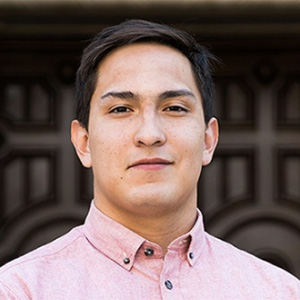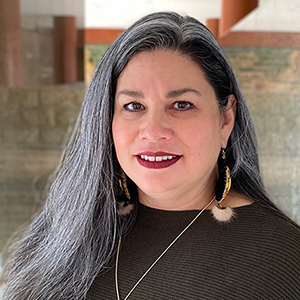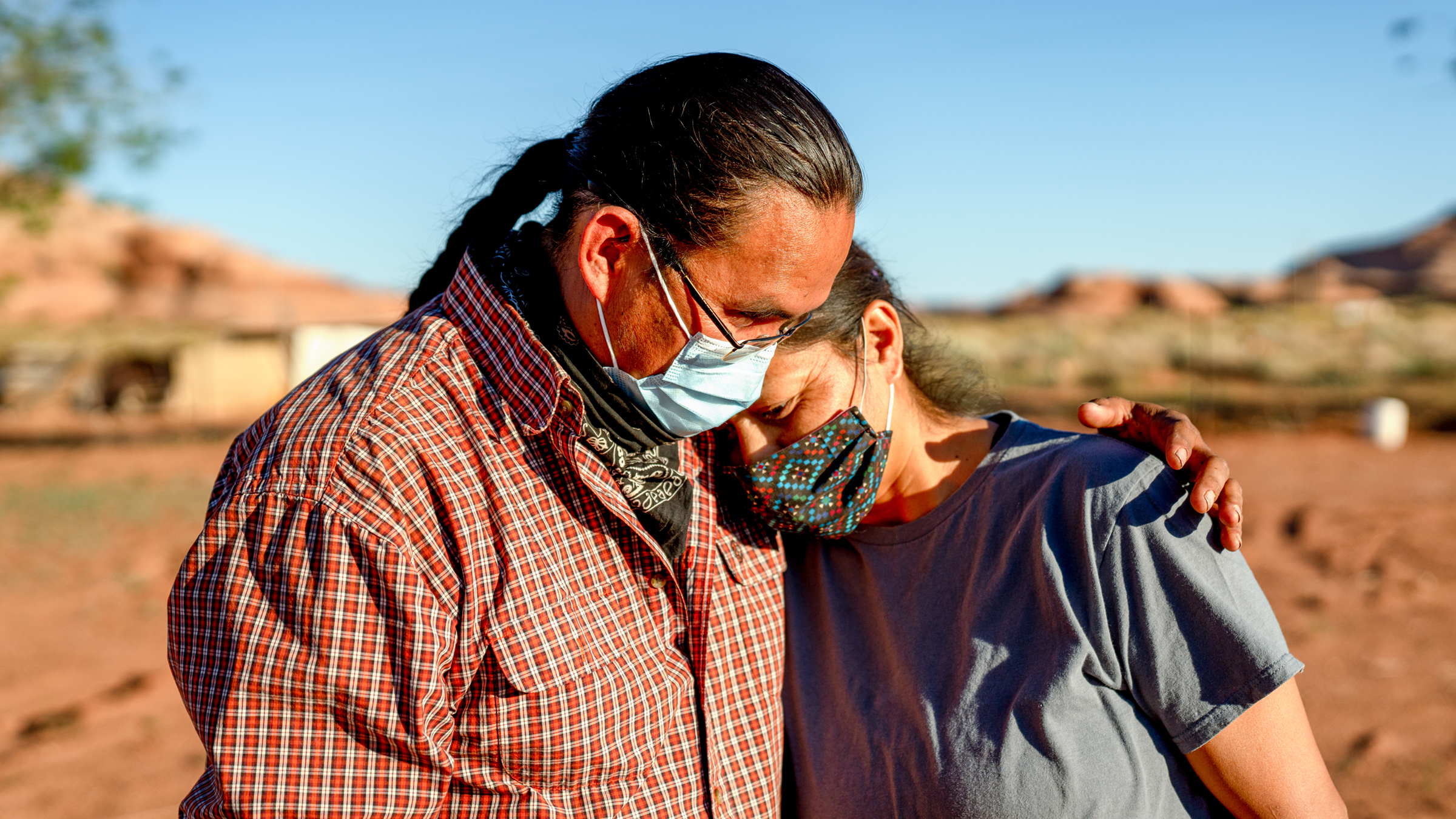While the COVID-19 pandemic has brought unprecedented challenges to Indian Country, it’s also forced tribal nations to innovate in ways that have improved public health outcomes and expanded service delivery. Those were among the key insights tribal leaders shared during a March 24 Center for Indian Country Development (CICD) webinar titled “How Are Tribal Economies Faring Amidst the COVID-19 Pandemic?”—the opening session in a CICD policy webinar series to support tribal economic prosperity. The series is one of a host of CICD efforts to increase economic predictability, equity, and diversification of tribal nations and support tribal sovereignty and self-determination.
The March 24 session’s panel of presenters included policy experts and tribal leaders:
- Session moderator: Miriam Jorgensen, Research Director and Research Professor, Native Nations Institute, Udall Center for Studies in Public Policy, University of Arizona; Research Director, Harvard Project on American Indian Economic Development, Harvard Kennedy School;
- Randall Akee (Native Hawaiian), American Indian Studies Interdepartmental Program Chair and American Indian Culture and Research Journal Editor, University of California Los Angeles;
- Shelley Buck (Prairie Island Indian Community), President, Prairie Island Indian Community; Vice Chair, Minnesota Indian Affairs Council; and
- Leonard Forsman (Suquamish Nation), Chairman, Suquamish Nation; Board Chair, Affiliated Tribes of Northwest Indians.
Through both the lived experiences of the tribal leaders and the research findings of the policy experts, the panel illustrated several key takeaways.
Policy challenges and tradeoffs
Both President Buck and Chairman Forsman noted that their respective communities had to weigh significant tradeoffs to deal with the economic shortfalls and public health challenges posed by COVID-19. The Prairie Island Indian Community had to divert an emergency fund that would have gone toward preparing for potential disaster from either the Prairie Island Nuclear Generating Plant or flooding from dams upstream. Buck’s experience highlighted that while the pandemic added new challenges, many tribes were already facing multiple struggles.
In addition to environmental or other policy-related issues, both tribal leaders noted the heavy economic toll the COVID-19 pandemic has taken on their communities. The Suquamish Nation has had to either fully close or reduce operations at its casinos, resorts, and related tourism businesses since March 2020. Other economic engines for the Suquamish, including seafood exports, have been stalled. Forsman also noted the cultural impact that the pandemic has had, in forcing the cancellation of many of the tribe’s traditional events and ceremonies.
Community and technological innovation
For both the Prairie Island Indian Community and the Suquamish Nation, adapting to COVID-19-related challenges forced new innovations across multiple key policy areas. Like state and local governments, tribes shifted many services and community connections online. Both tribal leaders noted that this has meant trying to expand broadband access across their communities in order to fully serve all tribal members. “[With broadband], we have ‘haves’ and ‘have-nots’... a council member has to drive in to sit in on some of these virtual meetings,” said Forsman. At the same time, Buck noted that the shift online has enabled more tribal citizens who do not live on or near Prairie Island to be engaged in the community—in particular, in language and cultural services offered by the tribe.
Additionally, both Buck and Forsman noted that tribes’ innovative public health approaches have led to high vaccination rates for their local communities. Not only have most tribal members been able to receive vaccines in a timely manner, but also tribal employees and, in some cases, the wider community. On the downside, filling the role of community service provider has forced both tribes to address burnout and other human-resources- and capacity-related challenges.
Lessons learned
Throughout Indian Country, COVID-19 has not only created new challenges but also brought pre-existing issues to light. For example, Professor Akee noted a clear and strong relationship between a lack of indoor plumbing and an increased COVID-19 rate on reservations throughout Indian Country. Tribal leaders further noted that infrastructure shortfalls and the need to develop land are large hindrances for their communities.
All four panelists stressed the need for cultural competency from policymakers. Akee’s research highlighted the need for public health guidance and warnings in both English and Indigenous languages throughout Indian Country. This research aligned with tribes’ experiences receiving COVID-19 relief funds allocated through the March 2020 Coronavirus Aid, Relief, and Economic Security Act. Buck noted that the formulas utilized to calculate the funding necessary for Prairie Island seemed flawed, resulting in severe undercounts.
The road ahead
All of these key takeaways point to a host of policy actions to pursue in the present and after the pandemic subsides—including additional follow-up research into long-term impacts on tribal enterprise revenue and employment, enhanced consultation with tribes about the allocation of relief funding, and increased visibility for tribes as stabilizing forces in local and regional economies. Action is necessary, not only to fulfill the trust responsibility between the federal government and Indian Country but also to support tribal self-governance and self-determination.
Well-resourced tribes are better able to carry out ancestral values of care for elders, youth, and community, as well as protect treaty rights, ways of life, and sacred places. COVID-19 has shown that tribes are often political and economic leaders across the country and key to the stability and vitality of many regions in the United States.
“Indian tribes are fully invested in our communities. We don’t move away. Our investments are here to stay,” said Forsman.
Heather Sobrepena is the engagement director for the Minneapolis Fed's Center for Indian Country Development (CICD), where she serves as a key point of contact for tribal governments and Native organizations and individuals seeking to partner with CICD to advance their research and data needs and inform economic policy decisions. She is based at our Helena, Mont., Branch.






